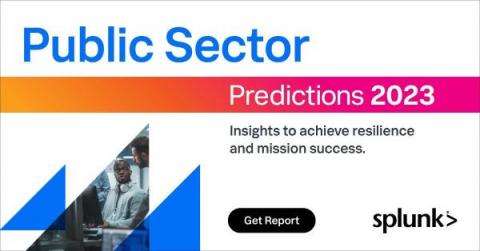Public Sector Predictions - the highlights for 2023 and two challenges that the public sector faces
Has the public sector ever been under so much pressure? Universal across all government departments, essential public services are under significant strain. However, COVID-19 and the subsequent knock-on impacts (economic, social and healthcare challenges) have buckled the resilience and kept many front-line concerned with delivering the scale of service required by the public.











